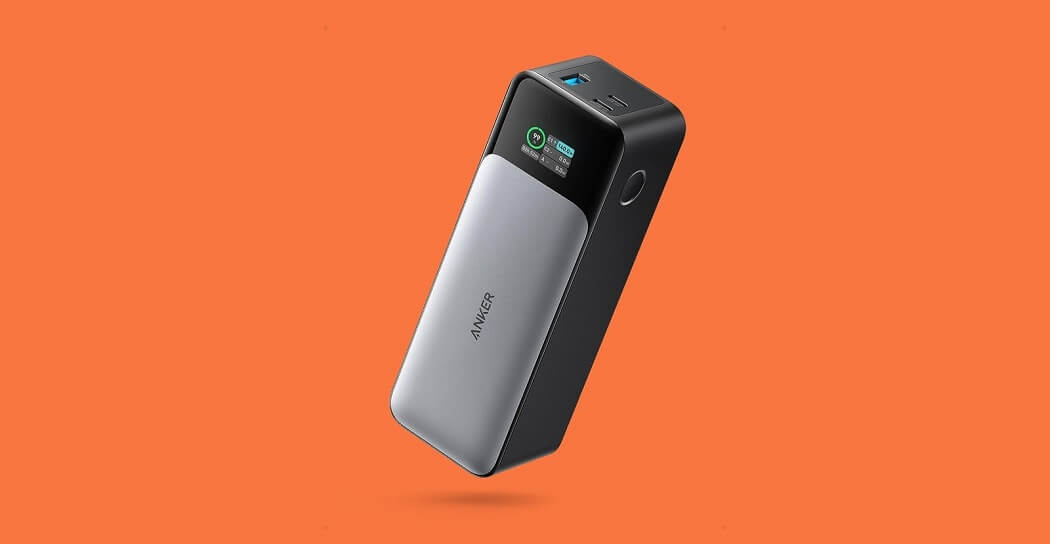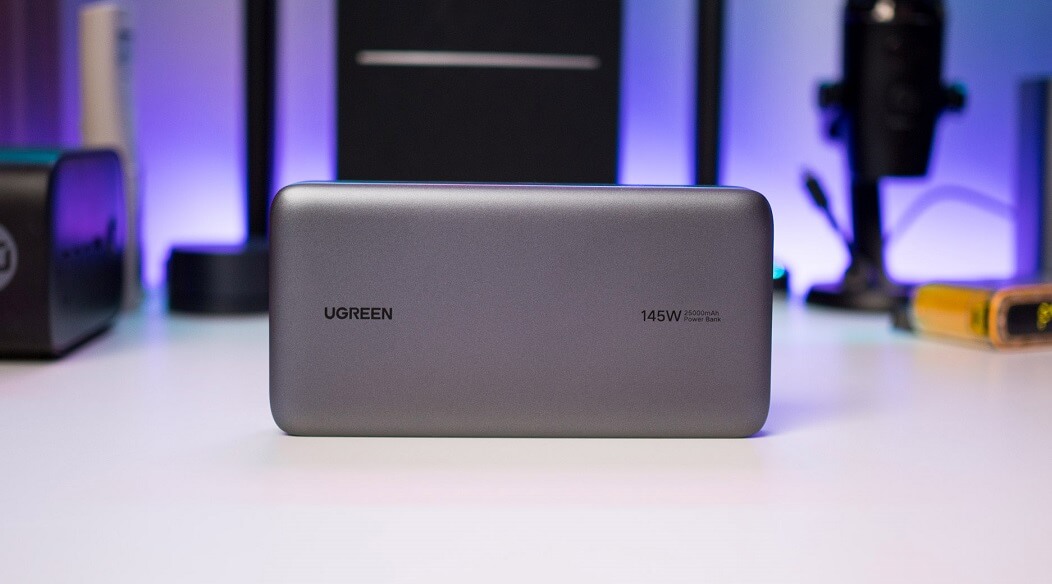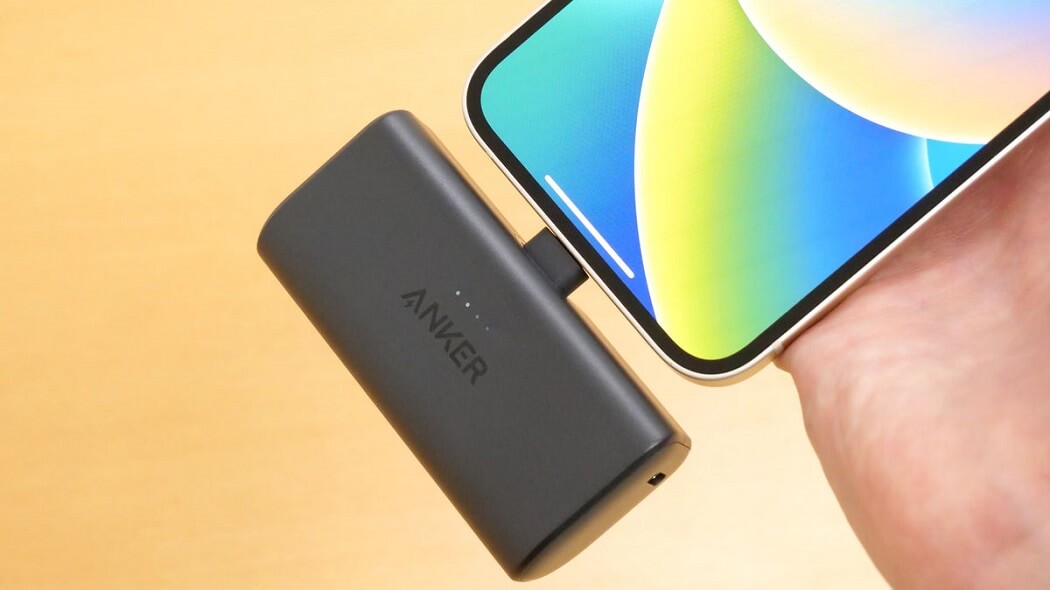When it’s least expected, portable electronics can lose power: as you board the bus, in the middle of a crucial meeting, or as you settle in on the couch and press Play. However, all of those scenarios can be avoided if you always have a portable charger with batteries on hand.
Choosing one can be challenging because there are so many different portable power banks. We’ve spent years going through them all to try and help. When I (Scott) lived off the grid in an old RV that was mostly powered by solar panels, my passion began. But even if you don’t live in a solar-powered off-grid system, good power banks will be helpful. These are the ones we prefer. For portable chargers made specifically for Apple devices, see our guide to the Best MagSafe Power Banks, and if you require more power, see our guide to the Best Portable Power Stations.
Best Travel Power Banks

Anker 737 Power Bank
The Anker 737 is a powerful and reliable beast with a massive 24,000-mAh capacity for people who don’t mind spending more money on quality. This power bank can send or receive up to 140 watts to charge smartphones, tablets, and even laptops thanks to Power Delivery 3.1 support. It takes an hour to charge fully from empty. Considering its size, it is relatively small, but it weighs almost 1.4 pounds. When you tap the side-mounted circular power button twice, statistics such as the temperature, total output, cycles, and more are displayed on the snazzy digital display.
When you plug something in, the screen also shows the amount of power going in or coming out along with an estimation of how much time is left. Every device I tested it with received a quick charge, and charging three devices at once is hassle-free.
- Two USB-C ports (140W) and one USB-A (18W).
- Can charge most phones at least four times (24,000 mAh).

Einova Eggtronic Ultra Fast
Julian Chokkattu, the editor of WIRED reviews, has been having fun carrying around this 20,000-mAh charger. It’s small, fits easily into most backpacks’ padded sleeves, and has the capacity to fully recharge an 11-inch tablet twice. It can output 18 watts from the middle USB-A port and 45 watts through the USB-C port for fast charging. In an emergency, you can use it to recharge a laptop (provided that it’s not a device that consumes a lot of power, like a MacBook Pro). Its exterior is made of a lovely fabric, and the tank’s remaining battery is indicated by an LED.
- Two USB-A ports (18W and 10.5W) and one USB-C (45W).
- Can charge most tablets two times (20,000 mAh).

UGreen 145W Power Bank
As the name suggests, the new charger from Ugreen has a 25,000-mAh battery and a 145-watt output. Despite being surprisingly small for the power it offers, it weighs 1.1 pounds, so it’s not exactly light. One USB-A port and two USB-C ports are present. The Ugreen is unique in that you can actually use 145 watts of power while charging. Thus, one USB-C port would use 100W, and the other would use 45W. That feat is only occasionally accomplished by the other batteries we’ve tested, and none at this size, as far as I’m aware. This power bank is ideal if you want to charge quickly, though it’s important to note that online reviews indicate it doesn’t support Samsung’s fast charging technology.
The battery’s current charge status is displayed on a small LED readout that is located on the side of the battery. Although I would have preferred to see some charging information on that screen as well, this is still a fantastic option if you need to keep your laptop charged wherever you are.
- Two USB-C ports (100W and 45W) and one USB-A.
- Can charge most phones around five times or a laptop once (25,000mAh).

Anker Nano Power Bank
Anker’s tiny charger is hard to beat if you want a small, colorful charger that fits neatly into the bottom of your phone for a top-up. You don’t need to worry about cables because this power bank has an integrated rotating USB-C or Lightning connector (MFi certified). It has 5,000 mAh, which is sufficient to fully charge the majority of smartphones. With several Android phones, I tried the USB-C version and discovered that it stayed put, allowing me to use my phone largely as usual. The power bank has a USB-C port for charging, and a brief cable is included. If you use a thick case, it might not be the best choice.
- One USB-C (22.5W) or Lightning (12W) connector and one USB-C port for charging only.
- Can charge most phones once (5,000 mAh).

Satechi Duo Wireless Charger
The Satechi Duo is a useful power bank to have in your bag because of its unique design, which includes a fold-up wireless charging stand for phones, a charging spot behind it for your wireless earbuds case (if it supports Qi wireless charging), plus a USB-C port to plug in a third device. The 10,000 mAh battery has LEDs that indicate how much power is left. The drawback is that it charges devices slowly, with a maximum wireless power output of 10 watts for phones (7.5 watts for iPhones), 5 watts for earbuds, and 10 watts from the USB-C port. With an 18-watt charger, the battery can be recharged in three hours.
- One USB-C (10W) and two Qi wireless charging spots (up to 10W).
- Can charge most phones one to two times.
Why You Should Avoid Cheap Stuff
The Samsung Galaxy Note 7 gained notoriety many years ago when a number of incidents involving its batteries resulted in fires. Since then, there have been a steady stream of comparable but isolated incidents. The vast majority of Li-ion batteries are safe, despite the prominent coverage of batteries gone wrong.
Although the chemical process inside a lithium-ion cell is intricate, every battery has a negative and a positive electrode. In lithium batteries, the positive is cobalt oxide, though many battery manufacturers are moving away from cobalt. The negative is a lithium-carbon compound. When carefully controlled, the reaction between these two substances produces energy for your devices. However, when the reaction spirals out of control, your earbuds end up melting. Any number of factors, including excessive heat, physical harm sustained during use or manufacture, using the incorrect charger, and physical harm, can turn a safe reaction into an uncontrolled reaction.
Through testing countless batteries, I have found three fundamental guidelines that, so far, have kept me safe:
- Avoid cheap cords, chargers, and outlet adapters.
- Make sure batteries aren’t exposed to excessive heat (over 110 degrees).
- Regularly inspect batteries for signs of damage.
The most crucial thing is to stay away from cheap wall outlet adapters, cords, and chargers. Your most likely source of issues is one of these. Those chargers that are $20 less expensive on Amazon than the competition? A waste of time. They probably reduced the quality of the insulation, omitted power-management devices, and neglected the fundamentals of electrical safety in order to reduce costs. Safety cannot be guaranteed by price alone. Purchase from reliable retailers and brands.
Heat comes next. In terms of discharge and safety, having too much of it can result in a variety of issues. Avoid heat, and while your batteries are charging, keep an eye on them. When charging, if your device becomes excessively warm, this may indicate a problem. Be cautious of any batteries that are swollen, bulging, or otherwise abnormally shaped.